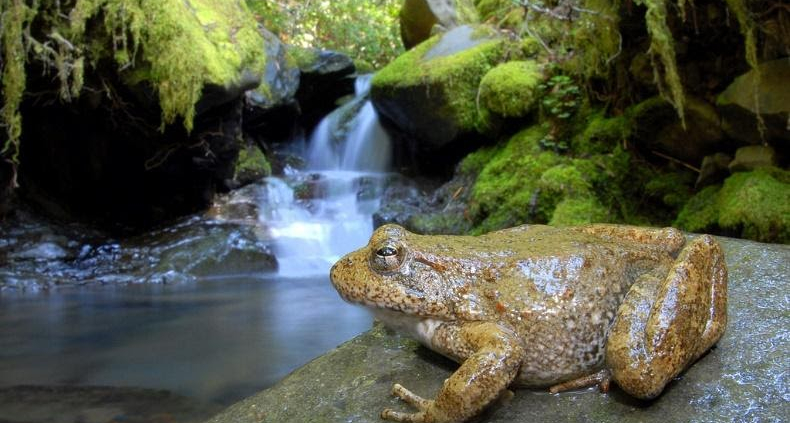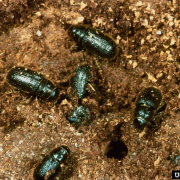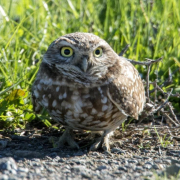Special Status Species Spotlight – The Foothill Yellow-Legged Frog
In our ongoing series of focusing on threatened and endangered species, we aim to go in-depth and highlight some of the magnificent creatures we work to preserve. In this installment, we will discuss the foothill yellow-legged frog (Rana boylii).
Populations of foothill yellow-legged frog (FYLF) are dispersed throughout the state of California in six “clades” labeled as the northwest/north coast, feather and upper feather river watershed, northeast/northern sierra, east/southern sierra, west/central coast, and southwest/west coast clades. In the spring of 2020, the California Fish and Game Commission officially listed five of the six clades (all but the north coast clade) of the FYLF as either endangered or threatened under the California Endangered Species Act (California ESA).
The endangered clades include south coast, west/central coast, and east/southern sierra while the threatened clades include feather river and northern sierra. The north coast clade is not currently under threat of extinction or endangerment. This listing cements the protections which this species had temporarily been afforded as a candidate for listing since 2017. Projects within the protected clades where populations of FYLF occur will now be required to avoid or mitigate impacts to FYLF populations as a California ESA listed species.

Historically, foothill yellow-legged frogs occurred from west of the Cascade mountains in Oregon south to the Transverse ranges in Los Angeles County, and in the Sierra Nevada foothills south to Kern County. The current range now excludes coastal areas south of northern San Luis Obispo County and foothill areas south of Fresno County, where the species is assumed to be extirpated.

A medium-sized ranid frog with a slim waist, long legs, and webbing on the hind feet, adult FYLF are 1.5 – 3.2 inches long from snout to vent. Their skin is grainy and rough, featuring shades of gray, brown, and olive with occasional hints of red. The underside of the rear legs and lower abdomen are yellow, giving the frog its name. FYLF are found in or near rocky streams in a variety of habitats, such as valley foothill hardwood, valley-foothill riparian, coastal scrub, mixed conifer, mixed chaparral, and wet meadows.
This species and aquatic habitat are considered sympatric (occurring within the same geographical area), thus FYLF rarely migrate far from the streams in which they reside. FYLF eat a wide variety of invertebrates including both aquatic and terrestrial insects. They locate prey via sight then shoot out their large sticky tongue to catch their prey. This species requires shallow, flowing water in small to moderate-sized streams containing some cobble-sized rocks and portions of open canopy for basking.
Frogs deposit their egg masses on the downstream side of cobbles and boulders over which a relatively thin, gentle flow of water exists. Egg counts can range from 300-2,000 and hatch within 5-37 days depending on water temperature. Tadpoles remain around the egg mass for about a week, then move away to feed, using rocks and gravel for refugia. The tadpoles transform in 3 to 4 months, typically from July to October as newly metamorphosed juveniles migrate upstream from the hatching site.
We at Sequoia look forward to working more with this newly listed species in an effort to protect and conserve what populations are left. Several of our hardworking biologists have the California Department of Fish and Wildlife’s permission to handle all life history stages of FYLF under Sequoia senior biologist Brett Hanshew’s MOU (memorandum of understanding).
Stay tuned to learn more about the amazing species we work with at Sequoia!








